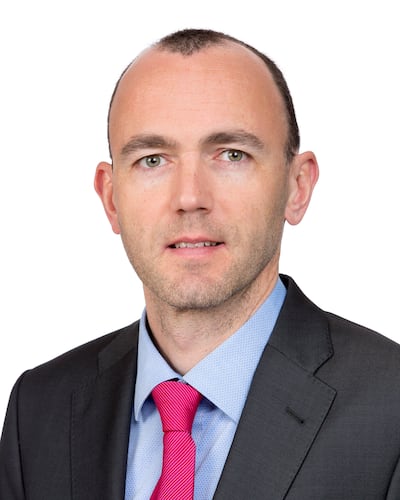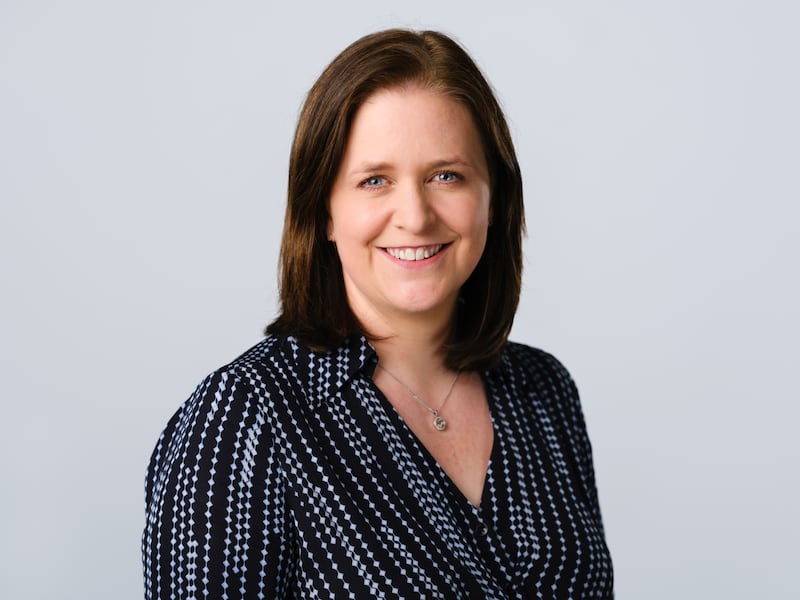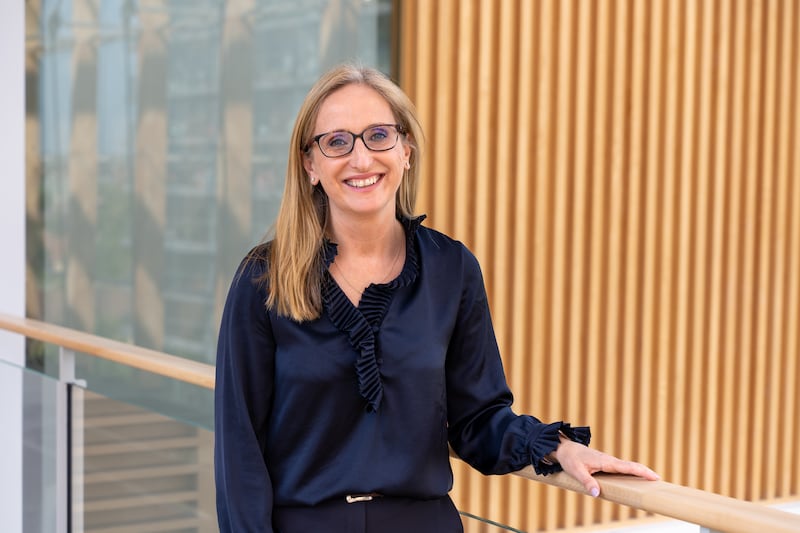It may be hard to believe but a national auto-enrolment pension scheme has been under consideration for more than two decades. First mooted by the late Seamus Brennan in the 1990s, the first concrete proposal for a scheme came in the form of a Government Green Paper published by then Minister for Social Protection Joan Burton in 2012. It was hoped the scheme would be up and running within five years.
Eleven years on and we are still waiting. But it seems the finishing line is in sight. According to Government sources, the national auto-enrolment (AE) pension scheme will be introduced in the latter part of 2024.
The broad outline of the scheme is well known but details have yet to be worked out and these may prove problematic for employers attempting to prepare for its introduction.

The unknowns extend from the role of employers and what is expected of them to specifics regarding charges, services, investment management and what supports will be available around communication, education and advice, says Shane O’Farrell, director of corporate partnerships with Irish Life Corporate Business.
RM Block
“What we believe we know is that all employees aged 23-60 who are not in an existing pension scheme and are earning over €20,000 per annum across all earnings will be eligible and that membership will be compulsory for the first six months, after which members can opt out,” he adds. “Those who do opt out will be automatically re-enrolled after two years.”
Contribution rates will start at 1.5 per cent for both employer and employee, gradually increasing to 6 per cent after 10 years.
“We also know that a bonus incentive model is planned over the traditional tax-relief model,” O’Farrell adds. “So, employees in the AE system will get a €1 top up from the State for every €3 they pay in their own contributions but will not get any tax relief on their pension contributions.”
The scheme will be operated by a Government-owned Central Processing Authority and investments will be managed by up to four State-appointed commercial investment providers. That’s the easy bit.

“The Government is encouraging employers to make appropriate planning and budgeting preparations ahead of a 2024 commencement date,” says Caitriona MacGuinness, defined contribution and private wealth leader for Mercer Ireland.
“There are a number of areas that employers should consider. Firstly they need to understand which employees fall into the eligibility criteria and they need to consider the current pension benefits that are in place.
“Secondly, employers need to consider which approach they wish to take to meet the auto-enrolment obligations – use their existing pension arrangement, such as an occupational pension plan; use the central auto-enrolment system; or perhaps a combination of both.”
Employers will need to consider how much AE will cost and how this will evolve in future, she adds.
“They also need to ensure that their payroll provider will be able to manage the appropriate contribution collection through their software.
“Finally, employers who plan to use their pension plan to meet the requirements of auto-enrolment will need to consider how their plan may need to evolve over the longer term.”
That may not be quite as straightforward as it sounds. “Employers will have to decide whether to go down the auto-enrolment or occupational scheme route or both and explain why,” says Bernard Walsh, Bank of Ireland head of pensions and investments.
“If you are an employer with lots of employees paying tax at the marginal 40 per cent rate, the superior tax treatment of an occupational scheme has to be a consideration. You have to ask, which is more beneficial for employees? Do I go with both? That presents an administrative headache.
“Most occupational pension schemes use basic pay, which usually excludes commissions and bonuses. Overtime can also be excluded.
“Auto-enrolment looks at gross earnings. Basic pay tends to be a pretty static number. But if taking variable pay into account, that can be quite complex to figure out every week or month and payroll systems may not be set up to cater for that.”
There is also the potential for division in the workplace, Walsh notes.
“Some employers may decide they have to operate two schemes and that can lead to problems when it comes to equal treatment of employees in terms of differing contribution rates,” he says. “There is no good way to do it.”

It is best to take professional advice when addressing these complexities.
“Employers need to engage their pension consultants to start having initial discussions on what enrolment considerations they have and what immediate financial implications auto-enrolment will have, such as how many employees are employed that are not in a pension arrangement and how much that would cost,” says Maria Quinlan, head of LifeSight Ireland.
“The principal concern for employers is eligibility. If an employer requires a minimum amount of service before an employee joins the existing scheme, they will be enrolled in the auto-enrolment scheme up to that point and will need to opt out to join the employer scheme.
“The hurdle is the minimum benefit required not to be enrolled in the auto-enrolment structure. At present this is just to be a member of a qualifying scheme but who knows what this will be in the future? Will it eventually be contributions to a scheme of 14 per cent of gross taxable pay, including basic salary, bonus and so on?”
MacGuinness says occupational pension schemes will in time be required to meet specific minimum standards to ensure employees are no worse off than in the national system.
“It is expected that if the occupational pension scheme does not meet those standards, employees will be automatically enrolled into the national system,” she says.
















